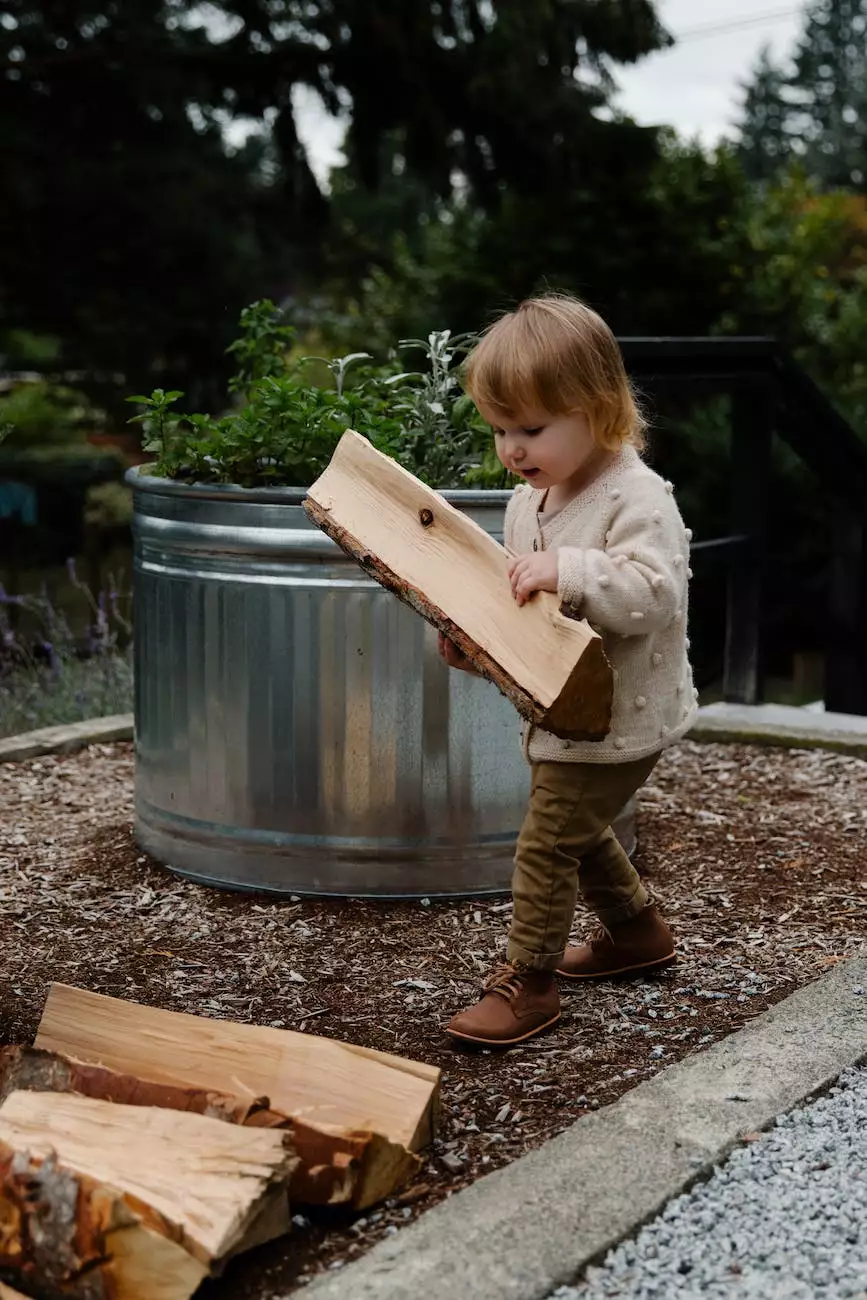Repotting: The Signs To Watch For And How To Do It

Introduction
Welcome to Cutting Hedge Services, your trusted source of gardening advice and tips. In this comprehensive guide, we will discuss the signs that indicate your plants require repotting and provide you with step-by-step instructions on how to effectively repot them.
Why Repotting Is Important
Repotting is a crucial part of plant care, as it allows for the replenishment of nutrients and provides your plants with enough room to grow. Over time, plants outgrow their current pots, leading to root-bound conditions that hinder their growth and health. By repotting, you can ensure the continued vitality and longevity of your plants.
Signs That Your Plants Need Repotting
Observing the following signs will help you determine if your plants are ready for repotting:
1. Root Bound
Check the roots of your plant. If they have tightly wrapped around the pot or are growing out of the drainage holes, it indicates that the plant has become root bound and needs a larger container.
2. Stunted Growth
If your plant's growth has significantly slowed down or stopped altogether, despite optimal care, it is likely due to lack of space in the current pot. Repotting will provide the plant with the necessary room to resume healthy growth.
3. Water Drainage Issues
If you notice that water is taking longer to drain from the pot or the plant is consistently sitting in waterlogged soil, it could indicate that the current potting medium is no longer effective. Repotting will help improve drainage and prevent root rot.
4. Nutrient Deficiency
When plants deplete the available nutrients in their potting mix, they may exhibit signs of nutrient deficiency, such as yellowing leaves or poor overall health. Repotting with fresh, nutrient-rich soil can help rejuvenate their health and provide a fresh supply of essential elements.
How To Repot Your Plants
Follow these step-by-step instructions to repot your plants successfully:
Step 1: Choose the Right Pot
Select a pot that is one size larger than the current one. Ensure it has proper drainage holes and is made of a suitable material like terracotta or plastic.
Step 2: Prepare Potting Mix
Use a high-quality potting mix suitable for your plant type. You can purchase pre-mixed soil or create a custom blend based on your plant's specific needs.
Step 3: Carefully Remove the Plant
Gently remove the plant from its current pot, being careful not to damage the roots. If the plant is root bound, loosen the roots slightly to encourage new growth.
Step 4: Prune if Necessary
If the plant has excessively long or damaged roots, trim them back to promote healthier growth and prevent tangling.
Step 5: Place in New Pot
Position your plant in the center of the new pot and fill the surrounding space with the prepared potting mix. Ensure the plant is at the same level as before repotting.
Step 6: Water and Care
Thoroughly water the newly repotted plant, allowing excess water to drain away. Place the plant in an appropriate location with suitable light and temperature conditions.
Step 7: Post-Repotting Care
Maintain regular watering and follow specific care instructions for your plant type. Monitor its progress closely, and soon you'll witness the positive effects of a properly repotted plant.
Conclusion
Repotting is a crucial aspect of plant care that ensures the well-being and continued growth of your plants. By recognizing the signs that indicate your plants need repotting and following the step-by-step instructions provided, you can confidently repot your plants and contribute to their long-term health and vibrancy. For more gardening tips and advice, visit Cutting Hedge Services today!




